
Rug Care
Choosing the right size rug is very personal to a given space, but we’ve put together this simple guide to start you in the right direction.
We are proud to work with leading innovators and reputable third-party certifications to ensure we are providing the best working conditions for our artisans.
Area Rug Care
Rug care is essential to maximizing the beauty and lifetime of your area rug. Area rugs, also known as Oriental rugs, have a well-earned reputation for extreme durability, and you can expect them to last years, if not decades, with consistent maintenance. In addition to normal wear and tear, your beloved pets, central heating, air conditioning, and a number of household chemicals can have damaging effects on the condition of your rug.
Wool is the miracle fiber widely used in the construction of most handmade rugs, and provided that a few simple precautions are taken, your rug may last for generations.
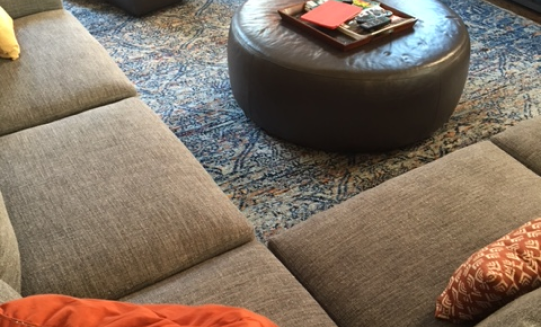
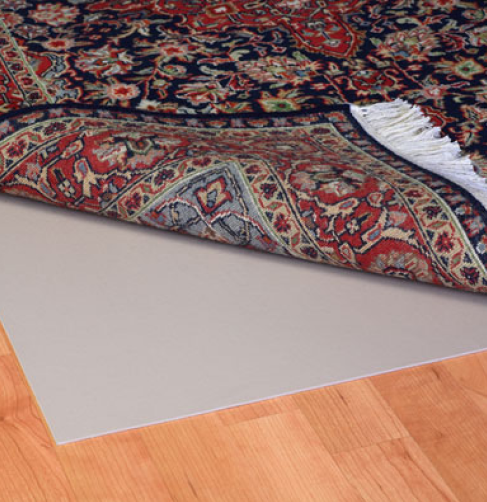
Correct Underlayment
A key component of rug care is the rug pad. No matter how smooth your floor may appear to be, it’s essential to always place a suitable padding (cut one inch smaller than the rug) between the floor and your area rug. Ideally, a rug pad should:
- Keep the rug from slipping, and
- Act as a shock absorber for foot traffic.
- Additionally, with some types of porous pads, the underlayment will allow for air circulation that can prolong the life of rugs made from natural fibers.
There are a number of underlays on the market, but the most widely used are made from solid, porous sponge rubber or from a combination of fibers. The location and environment of your rug will help determine the type of pad you need. There are pads specifically suited to go over hard flooring, carpeting, radiant flooring, and outdoor surfaces.
If you plan to place your area rug on top of wall-to-wall carpeting, the carpeting should have a short pile. Carpet with a high pile will create floating, which will cause the area rug to wrinkle.
Furniture and your Rug
Heavy furniture may damage your rug. If the feet of your furniture are sharp or made of metal, you must use some sort of protector before putting this type of furniture on top of your rug. There are numerous protectors on the market, including furniture floaters, which adhere to the legs of furniture and have a smooth face that leaves minimal indentation on the rug.
If you already have indentations on your rug, we recommend that you dampen the area and brush against the flattened pile a few times, leaving it to dry. As it is drying, be sure to brush the pile back to its original direction. The dents will disappear. You can also steam heavily dented rugs with a steamer or an iron with a steamer set to “wool”. Place a towel over the dented area and press the iron over the towel. When finished, allow the rug to dry thoroughly.
Plant lovers, be especially careful; continuous dampness resulting from overwatering and planter spills can lead to mildew rot, which is an irreparable type of damage.
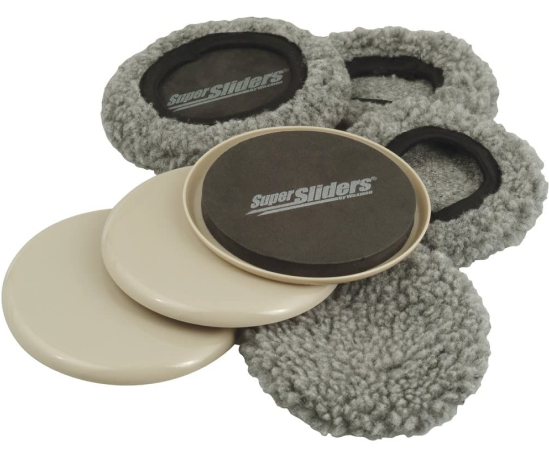
Fading and Rotation
Excessive fading can occur if a rug is exposed to strong sunlight for extended periods. Avoid this by either repositioning the rug or drawing the blinds or draperies. Any light over the years will gradually mellow the colors, which many connoisseurs actually find very appealing. Regardless of sun exposure, rugs should be rotated once a year to ensure even wear.
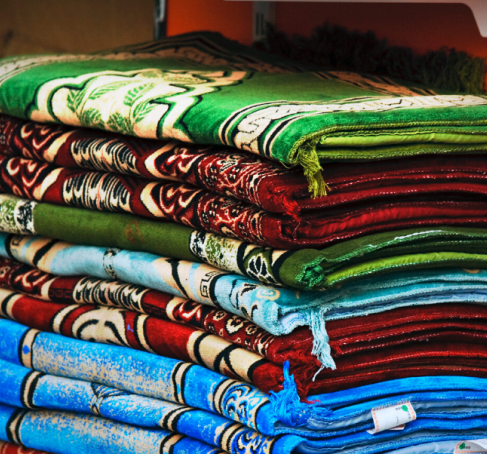
Shedding, Sprouting, and Creasing
Common characteristics of rug fibers include shedding, sprouting, and creasing. Shedding will typically cease with time, although some rugs will shed throughout their lifetime, depending on the quality of the rug. After a few vacuums, the shedding will generally halt. Sprouting occurs when fibers are hand-spun, which produces an inconsistent number of twists in the yarn as compared to more uniform machine-spun yarn.
The inconsistent nature of the hand-spun yarn causes some fibers to elongate and sprout. This is a normal occurrence with rugs made with hand-spun yarn. It can be more pronounced with agitation, such as vacuuming. Never pull sprouting fibers from the rug; this can damage the rug’s foundation. You should clip sprouts evenly across the pile with scissors. Creasing occurs when the rug has been folded or rolled during shipping.
Creasing will disappear after unrolling the rug for a week or two. Rolling the rug in the reverse direction can speed up the process of eliminating creases. For faster results, steaming can also expedite the process.
Insect Damage
You should check Woolen or silk rugs periodically for evidence of insect infestation, which can be brought into the house by pets, flowers, and food. The worst enemy of your woolen rug is moths. The moth larvae feed on wool and are active in the dark, quiet, warm places such as areas hidden under furniture.
Therefore, regular cleaning is a necessary component of rug care to avoid moth infestation. Heat and light kill moths, so exposing the rug to the sun for a few hours every now and then is a good precaution. Moths are most active during the spring. There are many anti-moth treatments, but you must be sure they are not harmful.
An old-fashioned way of controlling moths is by dusting the back of rugs with camphor powder. A light dusting of camphor powder on the back of the rug and a gentle shaking of the rug once in a while will save your rug from moth attacks. Extensive damage may require professional repair.
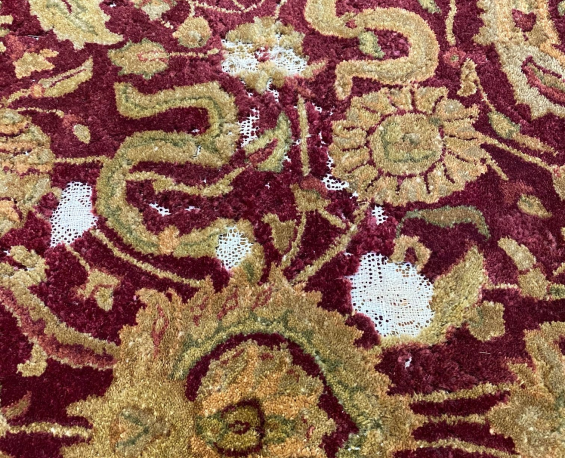
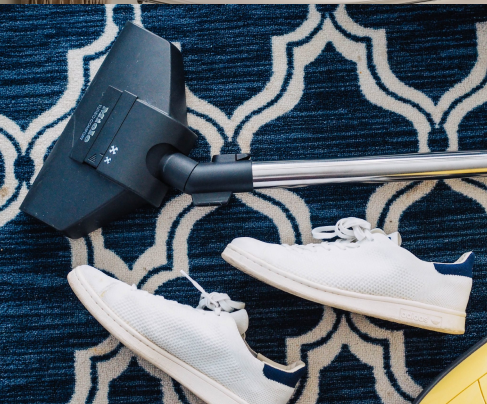
Vacuum Cleaning
Like everything else, carpets get dirty. Since cleaning itself can involve wear and tear to carpets, rug care should be undertaken carefully. Vacuuming your rug once a week is a fast and efficient way to remove the grit that might cut into the rug fibers. For weekly vacuuming, use a machine that works only on light suction and does not beat the rug.
First, vacuum side to side, and then against the pile. Finally, vacuum along the pile direction to close the pile and prevent grit from reaching the base and knots. For daily cleaning, a small sweeper is ideal. Try to avoid vacuuming the fringe area.
Generally, once a year during spring cleaning, you can clean your carpet with a vacuum that has beater bars. First, vacuum the back of the rug; the beating effect will cause grit to fall out of the pile. Then, turn the rug over and vacuum lightly across the face. Vacuum cleaners with extremely violent beaters should be avoided because they may damage the rug’s foundation.
Maintenance Cleaning
If the rug was clean when you bought it, you should only have to cope with major cleaning once every 2 to 4 years. Regular brushing or vacuuming is important to rug care, as explained above. Shampooing an expensive, old or delicate rug should only be undertaken by a specialty cleaning company. Avoid more general carpet cleaning companies, as the techniques and chemicals used on synthetic wall-to-wall carpets may not be suitable for your handmade area rugs.
Professional rug cleaning involves huge machines that feed the carpet over giant rollers. They then wash the rug with high pressure jets of water tinctured with detergent. The rug is then rinsed and wrung between huge cylinders. Afterwards, it is hung on a bar located in a chamber with circulating hot air for drying. While this process is perfectly fine for newer rugs in sound structural shape, older rugs should be hand washed horizontally with maximum care.
If you decide to wash a small rug at home, the first step is to do a test to be sure that colors do not run. If your rug fails the test, do not try to work on it yourself. Instead, contact your local rug connoisseur and ask about professional cleaners. Tell them that the colors may be unfast. If the rug is colorfast, it is best to use a neutral-pH detergent or good quality wool detergent with perhaps a cup of vinegar in a diluted solution, which should be applied gently with a sponge or towel.
After the rug has been cleaned, the rug should then be carefully dried. Make sure that there are no pockets of dampness in either the foundation or pile. This will avoid mildew formation, which causes permanent damage to the rug.
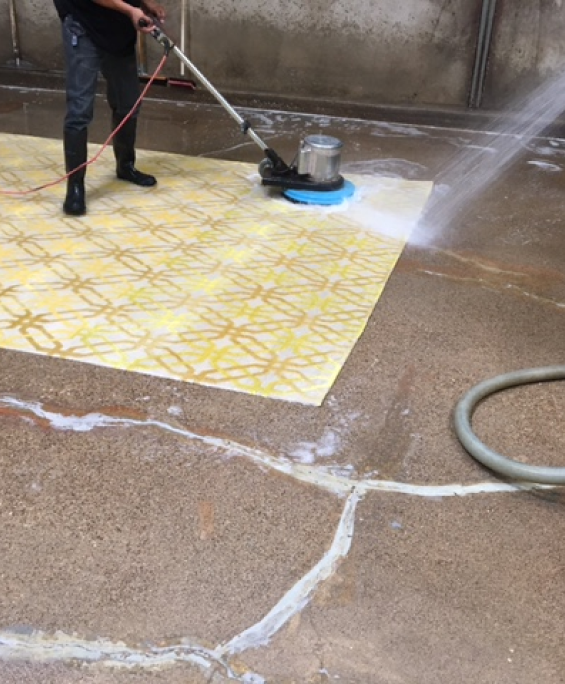
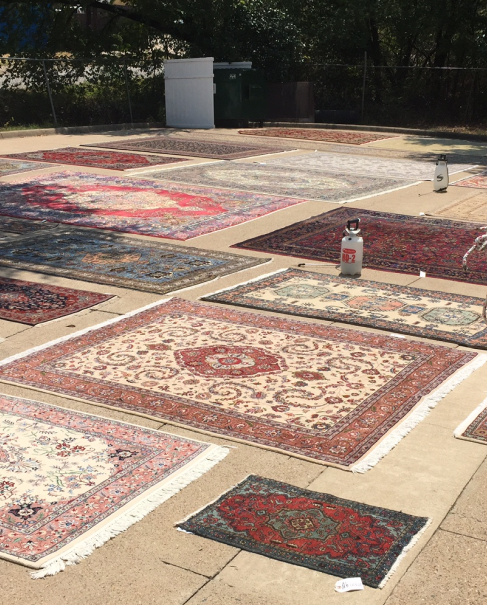
Spills and Stains
Accidents always happen, whether someone spills a plate of spaghetti or a glass of red wine or coffee. It is a good idea to have a bottle of plain soda water available to pour on a stained spot immediately. This will help to dilute the stain. The bubbles will help to lift the stain out as you blot the area lightly with a piece of white towel. Soda water works perfectly on most stains if you use it right away. If soda water is not available, lukewarm water will also work. Stains that have been allowed to dry are much more difficult to deal with, but dried mud and blood can often be simply brushed away. When your pets have an accident, flush the stain three or more times with plain water and blot it with a white towel each time. Animal urine can bleach colors and destroy wool if not tended to right away.
Next use shampoo which does not contain any bleach. You can use dishwashing soap or baby shampoo and one teaspoon of white vinegar per pint of cleaning solution. Rinse well with lukewarm water, brush in the direction of the pile with a medium brush, and air dry thoroughly. Solid deposits of pet feces can be removed with a paper towel or plastic bag.
After the feces have been removed, clean the area with a solution of ½ teaspoon of dishwashing detergent with one cup of water and blot. Rinse with water and blot again.
Never use soap or shampoo on a natural silk rug. Use the diluted white vinegar/water solution and blot with a chamois. Any stain on a silk rug that does not respond to this method should be referred to professionals for a thorough rug wash.
Rug Shrinkage
Dimensional changes in woven rugs are a natural and expected occurrence. When a rug is wet, the foundation yarns will swell and contract, resulting in shrinkage. This is typically not noticeable as rugs are generally washed after weaving before going to market, so future washings should result in minimum shrinkage.
Fringe Repair
Fringe repair is best done by professionals, but some minor repairs can be safely undertaken at home. Fringes that become partially detached can be carefully sewn back by hand, using a similar yam with the same colors and texture. Sometimes over-vacuuming the fringe can cause frays which can be trimmed and secured by professionals. Any damage to the pile or foundation should always be handled by a specialist.
Never, ever cut fringe off. The fringes are the most vulnerable part of an area rug, and if they are cut or unravel, the whole rug could eventually unravel. Check the fringes carefully. If they are unraveling, you can stop them by using thread and a blanket stitch to hold the yam in place.
If your fringe problem is that it is too white, you can tone it down with strong-brewed teas, instant coffee, or both. Spread the rug out flat and generously sponge its fringes, using tea first and coffee later if needed. Be careful that the tea or coffee does not spread onto the wool pile. The color may seem rather dark when it is wet, but it will lighten as the cotton dries.
Curling edges is not necessarily a defect and can often be a sign that the rug has been very finely and tightly woven. Sometimes, curling is prevented by sewing leather strips along the edges.
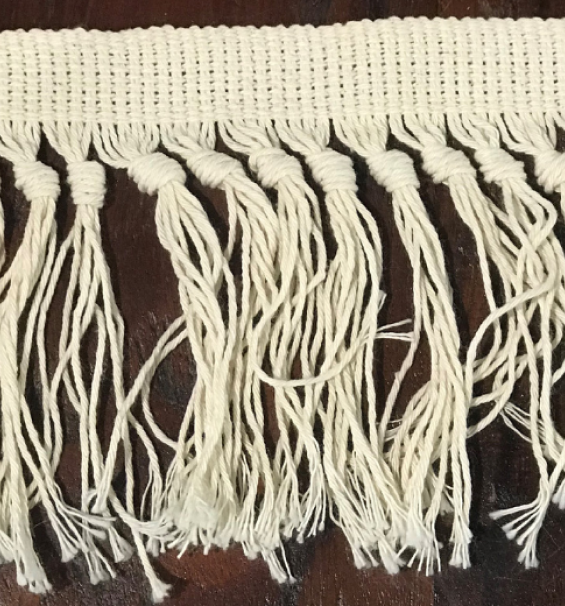
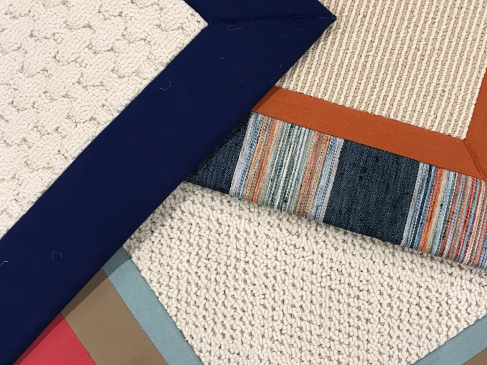
Maintenance Cleaning
Fine rugs should be stored either flat or rolled. They need to breathe, so never wrap them in plastic wrap. Instead, roll them in brown Kraft paper: If storing more than one rug, lay one atop another. Very thick rugs should never be folded for long periods because this tends to break their foundation yarn.
Do not store your rugs in a humid, damp, or poorly ventilated area. Choose a cool, dry place and possibly use an approved anti-moth powder before storing. When storing rugs, make sure they are free of moths and inspect them often.
Dallas Rugs cannot guarantee that the methods outlined in this guide will work for all rugs. In order to preserve the life span of your rug, please consult a rug specialist if you are in doubt or have any questions.

